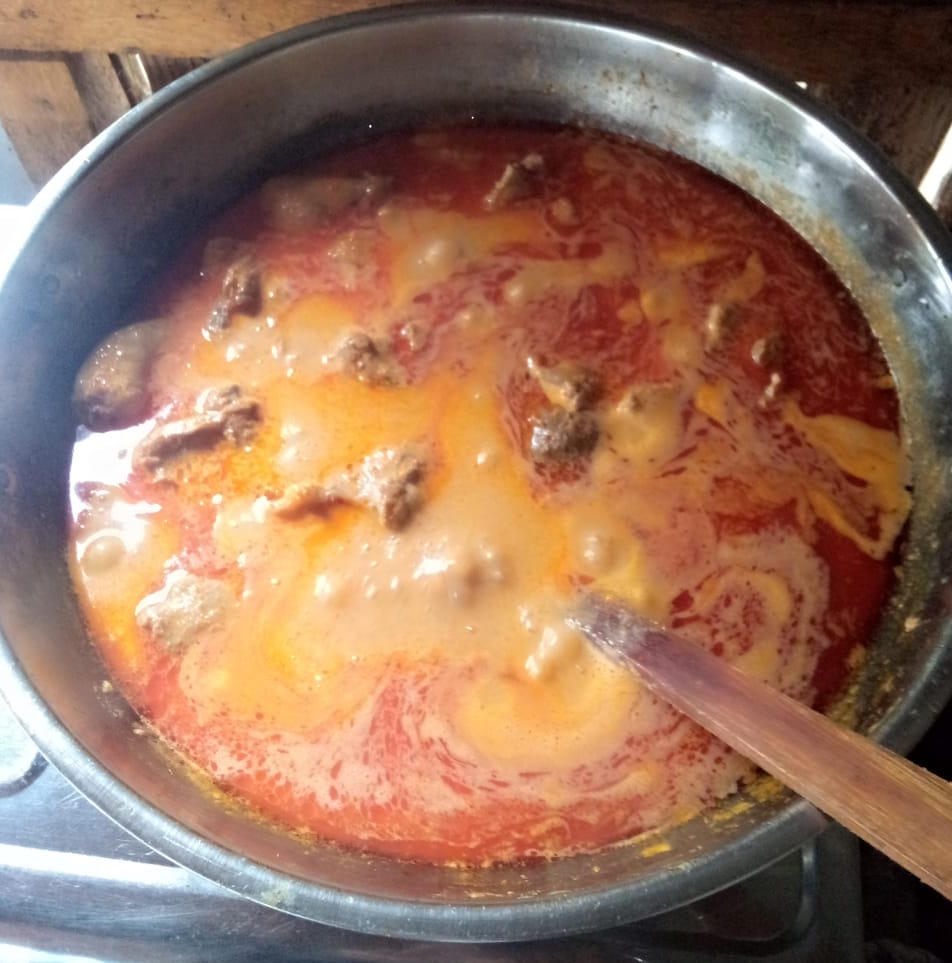Our Recipe of the Month is for Senegalese Poulet Yassa, a delicious dish of chicken marinated with citrus, mustard and hot peppers. It is then cooked with a copious amount of onions. Served with couscous, it is a delightful repast indeed!
![]()
Senegalese Yassa originated in the south of Senegal in the Casamance region. There are two etymological claims for the word "yassa". First is that it is derived from the Wolof (the largest ethnic group in Senegal) word "yaxa" which means to cook with onions. The second is from the Mandinka (a smaller ethnic group in Senegal) word "yàsso" which means to roast or grill. Yassa does in fact reflect both these ideas as caramelized onions are a key ingredient in the dish and in "Chicken Yasa" (Yassa Pollet), the chicken is typically grilled before it is mixed with the onion-filled sauce. This recipe is for Poulet Yassa, the chicken-based yassa, but you can also make yassa (using the same sauce ingredients) with fish, shrimp, and lamb. We initially made shrimp yassa with only one difference in preparation, we only cooked the onions until they began to caramelize. It was OMG delicious!
Yassa is normally a fiery spicy dish. Senegalese and the West African neighbors frequently use Scotch Bonnet peppers which weigh in at 100,000 to 350,000 on the Scoville scale of hotness. We used Habaneros, which have a similar range of heat, and added some much less spicy Jalapeno slices for added depth and visual appeal. Yassa can be eaten with rice or couscous, both are popular in Senegal with couscous perhaps being a bit more popular in the North and rice being more popular in the south. The rice most commonly cooked for yassa (and other West African stews) is "broken rice" which comes from grains of rice that have been accidentally broken in the white rice milling process. Not only is it cheaper to buy, but it also ends up softer than normal rice when cooked, and this is considered preferable for sauce-based dishes. Although today rice from Asia dominates the market in West Africa, rice known as "African Rice" (Oryza glaberrima) was first domesticated in nearby Mali nearly 3,000 years ago. African rice is more hearty, pest resistant and can be grown in a variety of conditions. However, Asian rice is far higher yielding and therefore cheaper to buy. Currently, African rice comprises only around 20 percent of the rice consumed in West Africa.
Couscous is made from pre-cooked and then dried semolina flour. While it appears to be grain-like, it is actually more like pasta. The pre-cooking of the grain allows couscous to be cooked in very little time (indeed, one only needs to toss it in boiling water or stock, cover the pot, turn off the heat and let it stand for 5 minutes). However, in Northwest and West Africa, couscous is often cooked in a couscoussière which a specific style of steamer. Frequently the bottom part contains water or a stew and the top part (which is covered) contains the couscous which is steamed from the vapors below. Oil, broth, herbs and spices can be added to the couscous. For this recipe we used a bit of olive oil, chicken stock, a pinch of salt, and dried chimichurri spices and herbs, and it was delicious!
Typically the chicken used for yassa is dark meat with the skin and bones, but as I was taking this to a party, I removed the skin and bone from leg quarters and cut the meat into small sized pieces.
Ingredients:
|
Preparation:
|
Enyo Nganaa (Bon Appetite in Diola the majority language in the Casamance region of Senegal)
Recipe by T. Johnston-O'Neill
Photos by Shari K. Johnston-O'Neill









